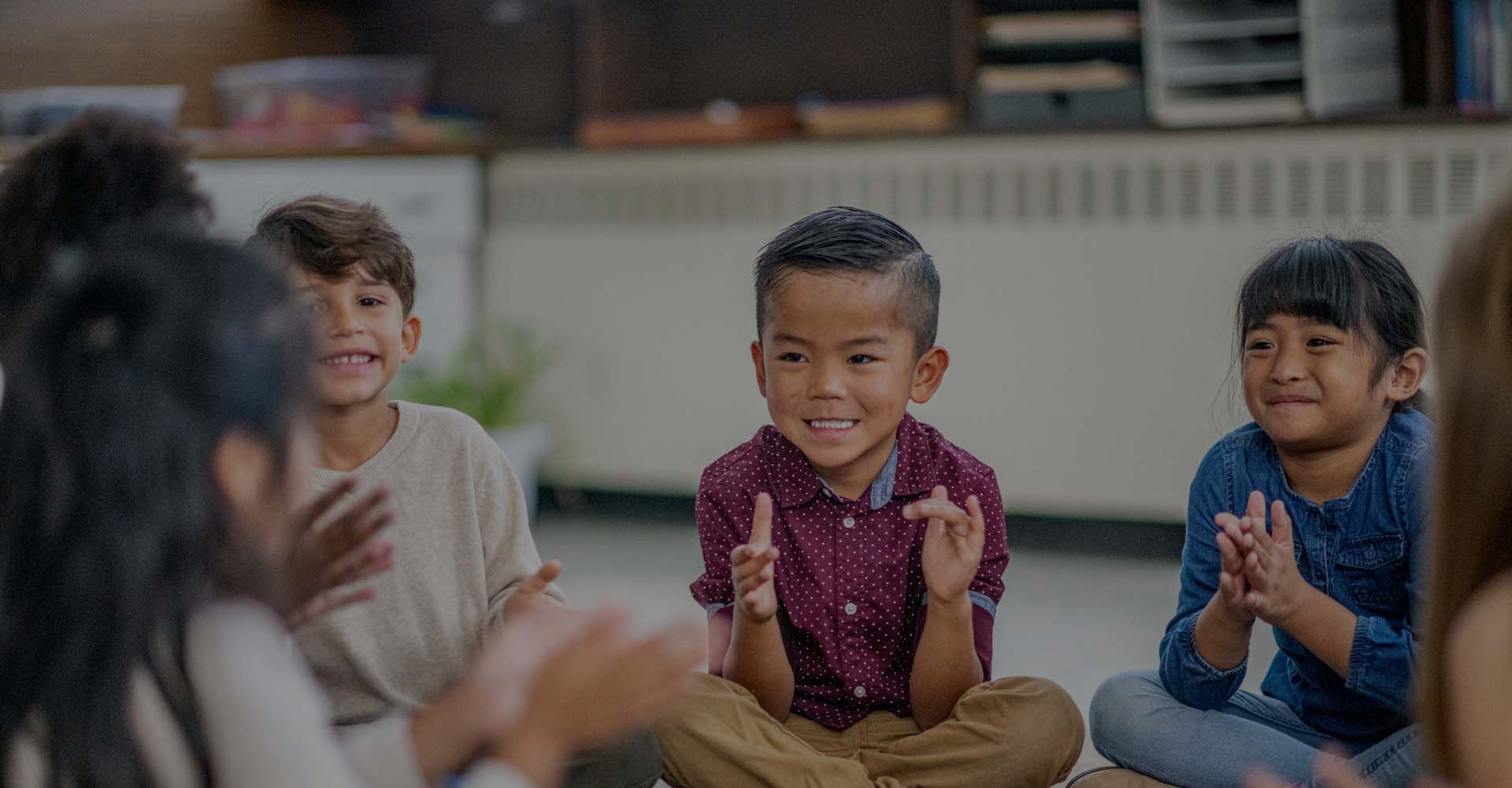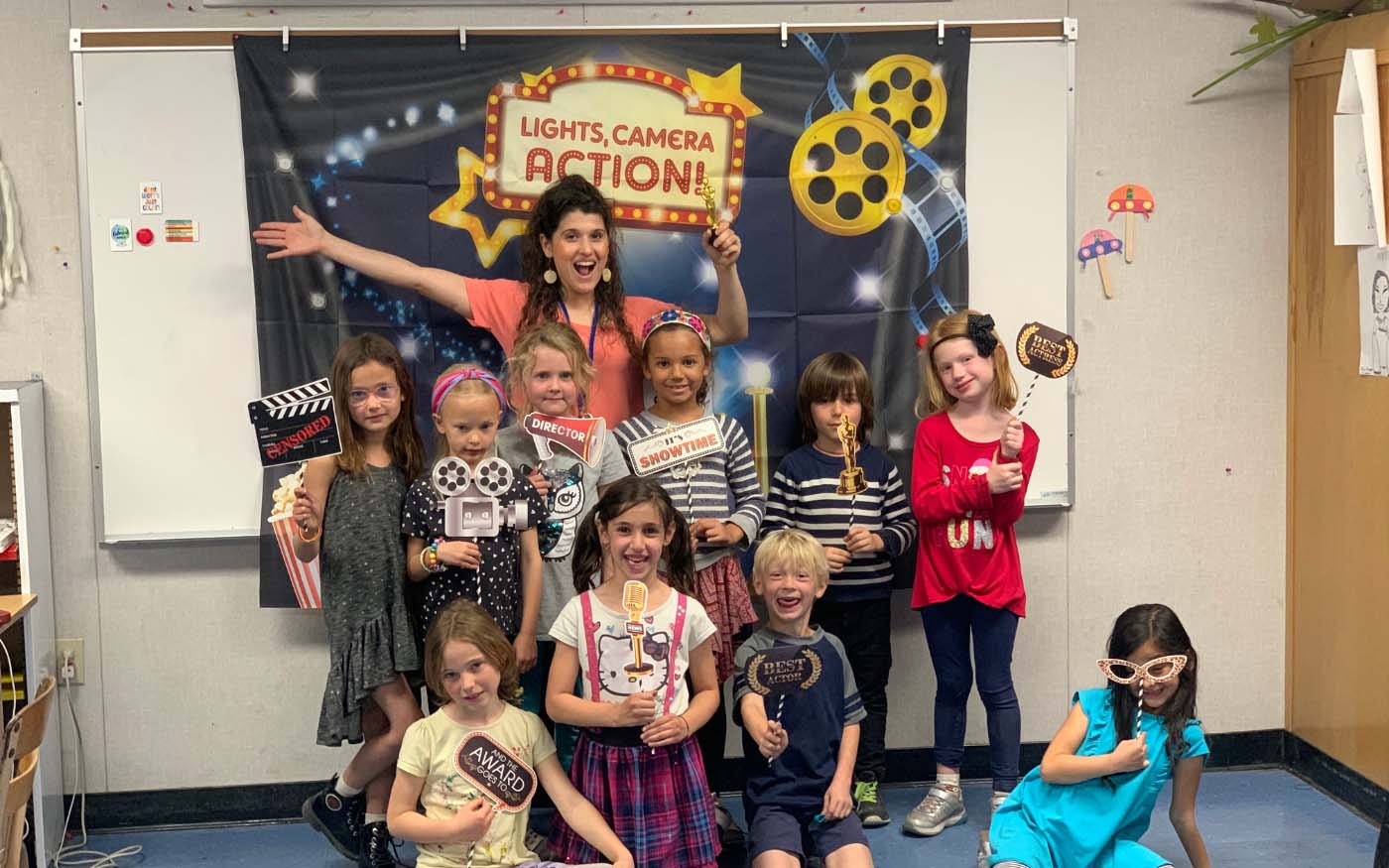recent articles
Get the most up to date information, insights, and techniques from our premiere immersion learning specialists!

Have you ever found yourself meeting someone new, and not twenty seconds after they’ve introduced themselves you’ve already forgotten their name? If a person’s name is so easy to forget, imagine all that goes into learning a language for the very first time! We all have different ways in which we learn; some learn simply by listening, while others are more visual. For some still, it is easiest to learn through problem-solving or getting that hands-on experience. I have noticed, however, that a simple tune can work wonders to make new information more digestible.

I have many sweet memories from my years as a Kallpachay teacher, but I’ve particularly enjoyed playing music for my students. Whenever the schedule lended itself to it, I would play educational Spanish songs in the background that tied in with what we were learning about. I would do this daily, whether it was during snack or art, recess or independent work; I was always playing Spanish music. The time came when the class surprised me, and without even realizing it the group would break acapella-style into song—lyrics and all! That’s when I knew that music was such an integral part to advancing their fluency. They were learning to speak complete sentences—even paragraphs!—with neither prompting nor second-thought.
Acquire the following skills and you, too, will be able to augment the acquisition of the Spanish language at your home or school through music. It’s important to know your subject matter and give teaching music the same attention you would teaching any subject. Don’t rush into it; wait until you have learned the song well enough that you can teach it sans music. This is important because it enables you to teach at a slower pace than you might if you’re having to sing along with the music, which in turn makes it easier for children to hear the words pronounced correctly. So let’s get started!
After a few days of repetition, you will be amazed by how quickly the song is mastered by the students. At this point it’s critical to stay with it and stretch the benefits of this familiarity. Now you are at the stage where they are ready to have fun with it! Simple ways to keep it lively and of interest is to add dynamic elements such as singing the song more slowly or quickly or softly or loudly, allowing students to choose which words to hum instead of sing, changing a few movements, switching the order of verses...the possibilities are nearly endless! You’ll get a sense when the thrill dies down and students are ready to move on to learn a new song. Remember that you can renew the activity of learning songs by continually diversifying your rhythmic selections (consider a rap or pep rally style chant) and interspersing surprises like incorporating popular songs and changing up the lyrics.
Music has long been known to be a great teaching tool. Not only has it made my classes fun and full of positive energy and excitement, but my students have also gained confidence and comfortability in their ability to learn to speak another language. I truly hope this is helpful for you in making your Spanish time at home or in school more fun, engaging, and entertaining. If you are curious to explore more of Kallpachay’s teaching techniques in action, check out our Youtube channel for more videos!
Get the most up to date information, insights, and techniques from our premiere immersion learning specialists!
// this hack forces VvPrismVars' output style block to cascade after the prismjs css does